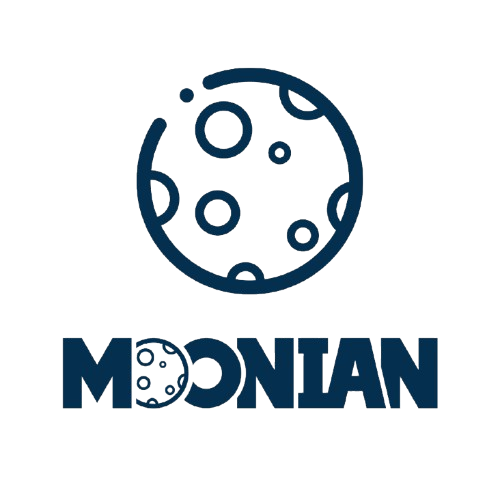The #1 Mistake Furniture Makers Make When Integrating Power (And How to Avoid It)
After years of collaborating with furniture manufacturers across Europe and the Middle East, we’ve identified a single, critical error that consistently undermines otherwise excellent furniture designs. This mistake affects everything from production efficiency to end-user satisfaction, and surprisingly, it’s not about technical specifications or cost management.
The #1 mistake is: Treating power integration as an afterthought rather than a core design element.
This fundamental error manifests in various damaging ways throughout the product lifecycle. Understanding its implications and implementing our practical solutions can transform your approach to powered furniture creation.
How This Mistake Manifests in Your Business
In Design & Development
- Retrofit Mentality: Attempting to “add” power sockets to existing furniture designs never intended for electrical integration
- Compromised Aesthetics: Unsightly cutouts, misaligned components, and visible wiring that detract from your furniture’s appearance
- Structural Weaknesses: Modifying furniture structures to accommodate electrical components they weren’t designed to support
In Production & Manufacturing
- Cost Overruns: Unexpected expenses from rework, custom modifications, and wasted materials
- Production Delays: Manufacturing bottlenecks when electrical integration doesn’t proceed as planned
- Quality Issues: Inconsistent results across production runs due to improvisation and workarounds
In Customer Experience
- Functional Frustration: Poorly positioned outlets, inadequate power access, and inconvenient user interfaces
- Reliability Problems: Mechanical failures, electrical issues, and premature wear from improper integration
- Brand Damage: Negative reviews and lost repeat business from dissatisfied customers
The Solution: Strategic Power Integration from Concept to Completion
1. Start with Electrical Planning During Initial Design
Power integration should influence your fundamental design decisions, not be squeezed into existing plans.
Implementation Strategy:
- Establish Clear Requirements during the conceptual design phase
- Create Electrical Layouts alongside initial sketches and renderings
- Consider User Workflows to determine optimal outlet placement and types
- Plan for Installation Access with adequate space for wiring and maintenance
Pro Tip: Use our pop-up desktop sockets as reference components during initial design. Their standard dimensions and mounting requirements should inform your structural planning from day one.
2. Select the Right Socket Type for Each Application
Different furniture pieces serve different purposes and require tailored power solutions.
Application-Specific Selection:
- Executive Desks: Choose sophisticated pull-pop-up sockets with enhanced connectivity and smooth operation
- Conference Tables: Opt for multiple discreet sliding cover sockets distributed for collaborative access
- Kitchen Islands: Select water-resistant models with appropriate safety ratings and easy-clean surfaces
- Reception Desks: Implement versatile power track systems for flexible device charging
Key Consideration: Match the socket mechanism to expected usage intensity. High-traffic environments need durable solutions rated for frequent operation.
3. Master the Manufacturing Integration Points
Seamless integration requires attention to critical manufacturing details.
Critical Integration Factors:
- Material Compatibility: Ensure socket materials complement your furniture finishes
- Structural Support: Design adequate reinforcement around mounting points
- Cable Management: Plan internal routing paths that protect wires and allow service access
- Thermal Management: Provide adequate ventilation for high-power applications
Manufacturing Insight: We provide detailed technical specifications and mounting templates for all our socket models, enabling precise integration during fabrication.
4. Implement Quality Control Checkpoints
Establish specific quality checks for power integration at multiple production stages.
Essential Checkpoints:
- Pre-Production: Verify socket dimensions against cutout specifications
- During Assembly: Confirm proper mounting and alignment before final fastening
- Post-Installation: Test mechanical operation and electrical functionality
- Final Inspection: Validate complete integration from both aesthetic and functional perspectives
Real-World Impact: Before and After
Case Study: European Office Furniture Manufacturer
The Problem:
A reputable manufacturer struggled with 15% rejection rates on their new standing desk line due to power integration issues. Problems included misaligned cutouts, unreliable socket operation, and customer complaints about difficult access.
The Solution:
We helped them redesign the desk structure around our pop-up socket specifications, implemented jigs for precise cutouts, and trained their assembly team on proper installation techniques.
The Results:
- Rejection rates dropped to under 2%
- Assembly time decreased by 25 minutes per unit
- Customer satisfaction scores improved by 34%
- Warranty claims related to power components reduced by 80%
Moonian’s Partnership Approach
We’ve built our OEM support services specifically to help furniture manufacturers avoid the “afterthought” trap:
Ready to Transform Your Power Integration?
→ Download Our Integration Checklist
→ Schedule a Design Consultation
→ Explore Our OEM Solutions
Technical Resources:
→ Access Installation Guides
→ View Technical Specifications
Your Action Plan: Avoiding the #1 Mistake
Immediate Steps (This Week):
- Review your current design process and identify where power integration typically begins
- Audit one existing product line for power integration issues and improvement opportunities
- Contact us for a design consultation on your next furniture project
Short-Term Goals (Next 30 Days):
- Integrate power planning into your initial design checklist
- Standardize socket selections for different furniture categories
- Establish quality checkpoints specifically for power integration
Long-Term Strategy (Next 6 Months):
- Develop powered furniture as a distinct, premium product category
- Create demonstration units that showcase superior power integration
- Train your sales team on the value proposition of properly integrated power

